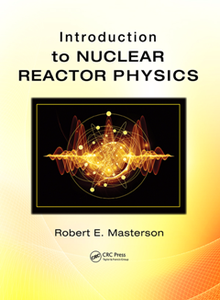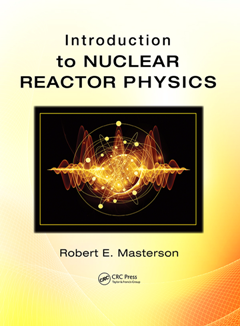Introduction to Nuclear Reactor Physics
by Robert E. Masterson
English | 2018 | ISBN: 1498751482 | 1108 Pages | PDF | 49 MB
by Robert E. Masterson
English | 2018 | ISBN: 1498751482 | 1108 Pages | PDF | 49 MB
Introduction to Nuclear Reactor Physics is the most comprehensive, modern and readable textbook for this course/module. It explains reactors, fuel cycles, radioisotopes, radioactive materials, design, and operation. Chain reaction and fission reactor concepts are presented, plus advanced coverage including neutron diffusion theory. The diffusion equation, Fisk's Law, and steady state/time-dependent reactor behavior. Numerical and analytical solutions are also covered. The text has full color illustrations throughout, and a wide range of student learning features.
"As the preface indicates, a modern reactor physics book is long overdue. There are many good classic texts, but that lack the regular up-dates, ease of use or the more extensive nuclear physics introduction required for undergraduate courses. Following a detailed, yet accessible comparison of modern reactor types and a whole chapter introducing the basic nuclear physics underpinning nuclear power generation, this book steadily builds up the tools required by reactor physicists in a clear and non-presumptuous way. The layout is uncluttered and clean, with highlighting used to pick out important equations and concepts. Diagrams are colourful and appropriate. At the end of each chapter many (as many as ~80) short questions are included for students to test their understanding of each section, followed by more involved exercises. A solutions key is stated to be available for faculty members, increasing the usability of this book further. Later chapters deal with multi-group diffusion theory, various 3-D geometries as well as common reactor codes and the essentials of the Monte-Carlo method. These topics are crucial and yet often overlooked in undergraduate texts. Finally, though appendices with useful data are to be expected in a book of this nature, this volume excels with extensive data, common functions and integrals as well as diffusion parameters, attenuation coefficients, rates and cross sections to name a few. What’s also impressive is that on-line sources of public data are given together with details on plotting and visualisation. One point to note, is that there is a companion book on nuclear engineering where much of the radiation transport material located." - Carl Wheldon, University of Birmingham, United Kingdom



